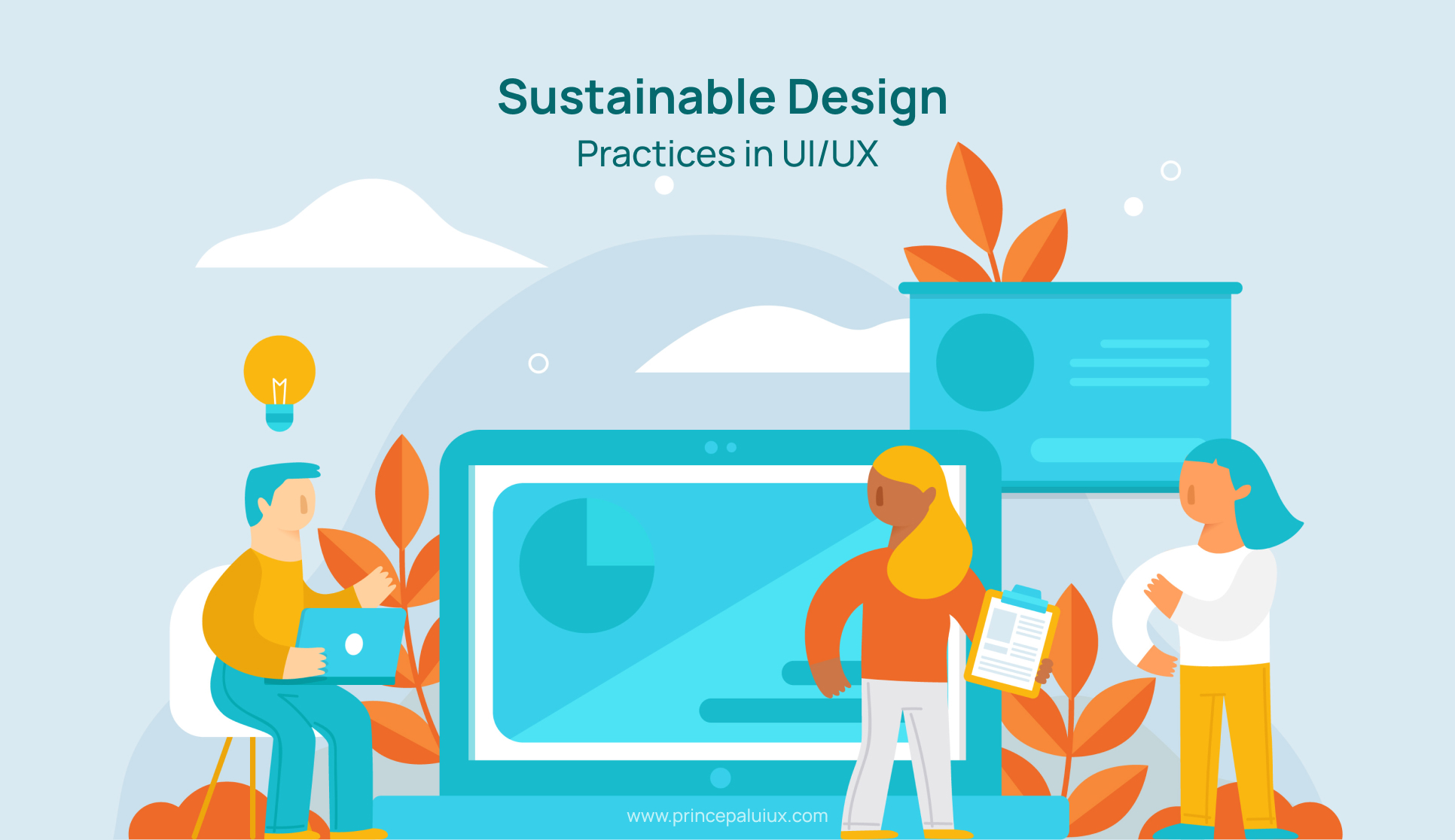As a product designer, I am uniquely responsible for shaping digital experiences that are both user-friendly and environmentally conscious. While Sustainable Design UX often feels like an abstract concept, its application in design is practical and impactful.
Key Points
- Research suggests that integrating sustainable practices into design can reduce environmental impact, especially on user devices.
- Focusing on reducing waste, deleting content, maximizing reusability, and setting sustainable defaults can likely help users make eco-friendly choices.
- The evidence leans toward small design changes, like better defaults and reused templates, having a tangible impact on both users and businesses.
Introduction to Sustainable Design
Sustainable design in the digital space is crucial as most environmental impact occurs on users’ devices.
By adopting practices that reduce waste, delete outdated content, maximize reusability, and set sustainable defaults, designers can help users make eco-friendly choices while enhancing usability.
Sustainable design practices can reduce waste, improve efficiency, and empower users to make greener choices.
Let’s explore how to integrate sustainability into design through four core facets and actionable strategies.
The Four Facets of Sustainable Design
🌱 Reducing Waste
Digital waste includes bloated visuals, unused content, and energy-intensive processes. Every autoplaying video, unoptimized image, or redundant page contributes to carbon emissions.
Design Patterns:
- 1. Prefer the lightest mode of communication. Use text or vector graphics instead of heavy media. For example, video explainers should be replaced with interactive tooltips or concise text.
- 2. Discourage PDF exports; prioritize shareable URLs. PDFs are static, extensive, and rarely updated. A link ensures users access the latest version without redundant downloads.
- 3. Provide audio-only options and transcripts for videos. Not everyone needs high-resolution video; transcripts improve accessibility and reduce data usage.
- 4. Audit visual elements. Question 4K videos, parallax scrolling, or custom fonts. Simplify stock photography and avoid overly complex animations.
🌻 Deleting Content
Outdated or redundant content clogs systems, confuses users, and wastes energy. Regular audits ensure digital ecosystems stay lean and relevant.
Design Patterns:
1. Reduce session duration. To cut energy use per session, guide users to their goals faster (e.g., streamline checkout flows).
2. Auto-delete unused content after 365 days. Implement automated clean-ups for inactive accounts, drafts, or unused files.
3. Skip unnecessary pages—direct users to results immediately—like autofilling forms or eliminating interstitial screens.
4. Establish archiving and deletion policies. Set clear rules for content lifecycle management.
5. Question data collection. Only collect essential data, and define deletion timelines (e.g., GDPR compliance).
🐝 Maximizing Reusability
Reusable components minimize redundant work and resource consumption.
Design Patterns:
1. Encourage template reuse. Design modular UI kits, email templates, or preset workflows.
2. Surface filters/presets in autocomplete. Help users rediscover saved settings instead of starting from scratch.
3. Incentivize clean-ups. Offer discounts or rewards for deleting old files (e.g., “10% off for freeing up 5GB”).
🌳 Sustainable Defaults
Defaults shape behavior. Sustainable defaults nudge users toward eco-friendly choices without sacrificing convenience.
Design Patterns:
1. Optimize default settings. Set energy-saving modes, low-resolution uploads, or dark mode as standard.
2. Highlight key insights upfront. Use dashboards or summaries to reduce time spent searching for information.
3. Reward dark mode adoption. Gamify sustainable habits (e.g., “30 hours in dark mode = a tree planted”).
Tangible Impact Through Small Sustainable Design Changes
Sustainability in design isn’t about grand gestures—it’s about cumulative, incremental improvements. For instance:
- Dark mode on OLED screens reduces energy consumption by up to 60%.
- Auto-deletion policies can shrink server storage needs, lowering a company’s carbon footprint.
- Reusable templates cut development time and reduce code bloat.
These practices align with core usability principles: faster load times, intuitive navigation, and clutter-free interfaces. Businesses benefit from cost savings, regulatory compliance, and enhanced brand loyalty as users increasingly favor eco-conscious brands.
Conclusion and Impact
Individual actions can drive changes at scale, and in design, small changes like better defaults, reused templates, and reduced session times can create momentum.
These practices benefit the environment and enhance usability and efficiency for users and businesses, aligning with consumer demand for eco-friendly practices, as research from IBM suggests.
As designers, integrating these principles is crucial for leading towards a greener digital landscape. 🌍✨
Table: Summary of Design Patterns by Facet
| Facet | Patterns | Example Platforms |
|---|---|---|
| Reducing Waste | Prefer lightest communication, reduce session duration, discourage PDFs, etc. | Flipboard, Airbnb, Dropbox |
| Deleting Content | Auto-delete unused, nudge deletion, establish policies | Google Photos, iCloud, Microsoft |
| Maximizing Reusability | Reuse templates, show filters in autocomplete | Material Design, Amazon |
| Sustainable Defaults | Provide audio/transcript, intentional defaults, encourage dark mode | YouTube, Spotify, Reddit |
Further reading:
- A List Of Text-Only & Minimalist News Sites (Updated 2025)
- Airbnb Checkout Instructions: 9 Things to Include (Free Template)
- Delete backed-up photos automatically – Files by Google Help
- Manage your iCloud storage – Apple Support
- Automatically retain or delete content by using retention policies | Microsoft Learn
- Material Design by Google
- Amazon Search Autocomplete
- Audio quality – Spotify
- Reddit: Your Social Network
Resources:
Designing For Planet Knowledge Hub (Notion)
Product Design for Sustainability (+ Google Doc template), by Artiom Dashinsky
↳ https://uxdesign.cc/product-design-for-sustainability-3fffbb2a7f0e
↳ https://medium.com/@hvost/company-sustainability-plan-template-bf675e64c749
